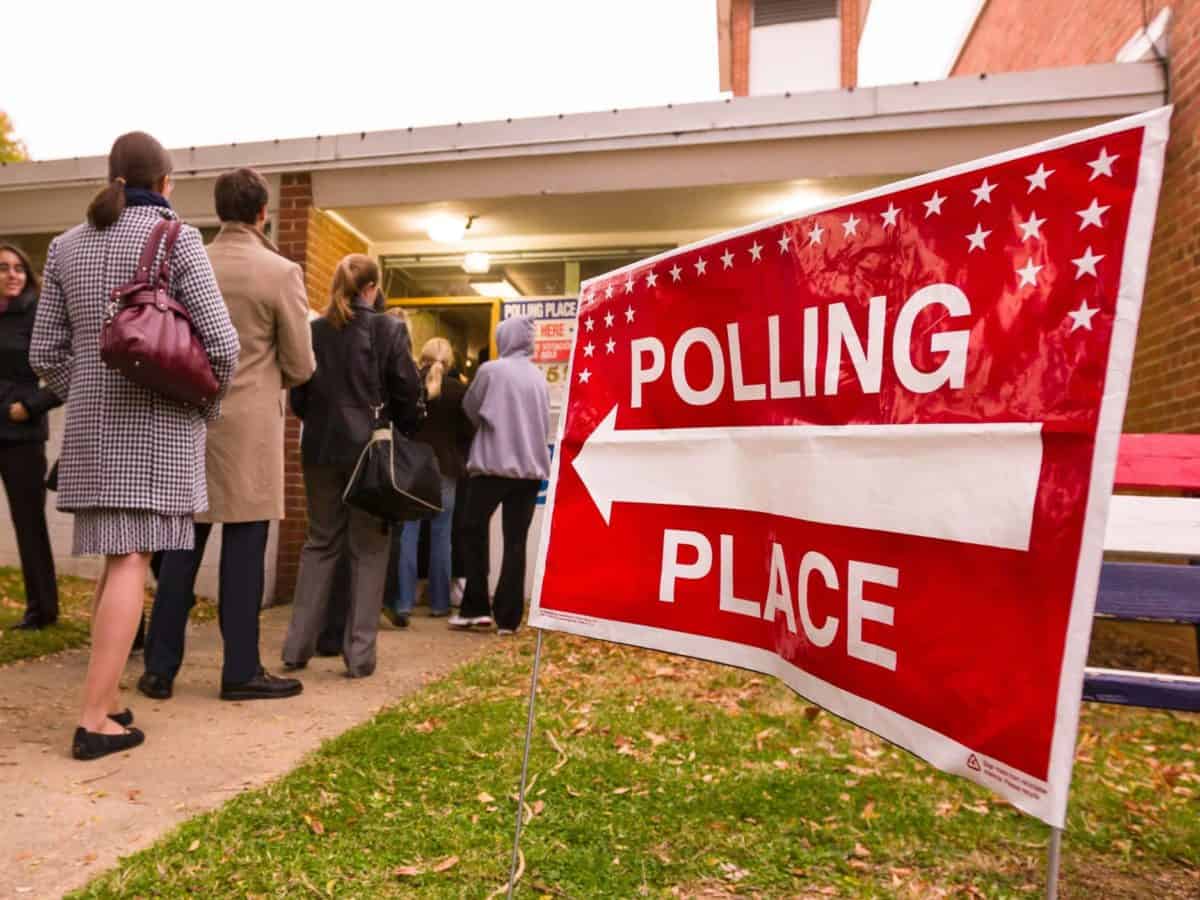

American elections don’t occur in a vacuum. Influencing the decisions of individual voters, the struggle for power plays out against a broader backdrop of societal forces shaping people’s lives. North Carolina enters the 2020 election cycle as a state remarkably transformed into a mega-state by powerful economic and demographic forces.
Of course voters should weigh the qualities of individual candidates for elective office, and many will vote, as they have throughout history, in keeping with their party affiliation. But the 2020 election also serves as a moment of both testing and opportunity in addressing the question: Can the state’s practice of democracy measure up to demands of governing and addressing the needs of its 10.5 million people?
While a Republican majority in the General Assembly has dominated policy-making for a decade, the statewide electorate gives neither Republicans nor Democrats an assured majority. And four in 10 new voters are registering unaffiliated. North Carolina is a state of suspenseful, hard-fought, and significant politics.
In North Carolina as across the nation, the politics of 2020 will be defined largely in the rough-and-tumble aftermath of a presidential impeachment. But the state elections take place in a political landscape encapsulated by the budget stalemate that has delayed pay raises for public school teachers and university faculty and that also has centered on Medicaid expansion. The stalemate is not simply a personal tug of war between Democratic Gov. Roy Cooper and Republican Senate leader Phil Berger; it is also rooted in a division within the citizenry over cultural, educational, and economic values and priorities. Berger represents the cut-taxes, keep-government-lean mindset; Cooper represents the invest-in-education, public-private-partnership tradition. Both have a base in the electorate.
Thus, state politics arises not only out of the hyper-polarization afflicting the nation but also as a result of differing responses to its economic and demographic transformation. The 2020 Census will provide North Carolina a detailed portrait of itself. Meanwhile, the 2019 annual economic report of the state Department of Commerce and the work of Carolina Demography at UNC-Chapel Hill, drawing on interim Census data, offer insights into the societal context of the 2020 election cycle.
- The Great Recession of 2008-09 accelerated the influx of people and jobs into North Carolina’s two major metropolitan regions — centered in Charlotte and Raleigh — that now rank among the 16 fastest-growing in the nation. Though nearly half of the 100 counties have lost population since 2010, about 35% of North Carolinians remain rural residents.
- The state has in effect imported talent. Of the state’s adult residents, 49% were born elsewhere, with in-migrants more likely to hold post-secondary degrees than native-born residents. People 65 and older now constitute a growing share of the population — 13% in 2010, 16% in 2018, a projected 19% by 2028. North Carolina, says the Commerce report, has become “less homogenous,’’ has an “aging workforce,’’ and faces “issues of inequality and regional disparities.”
- North Carolina has a GDP of $566 billion, making the state’s economy slightly larger than Sweden’s. After a few years of sluggish recovery, the state’s rate of job growth has recently exceeded the national rate. Once one of the nation’s most manufacturing-dependent states with its textile, furniture, and cigarette factories, the center of gravity in North Carolina has shifted to service-providing enterprises. In the percentage of jobs provided in 2018, health care and social assistance and retail trade ranked above manufacturing. North Carolina’s average wage, while rising, has remained below the national average, even when accounting for a lower cost-of-living.
- The Commerce report points to a continuing expansion of so-called “knowledge jobs,’’ though it remains unclear whether 67% of North Carolina jobs require post-secondary education in 2020 as projected several years ago. “Non-routine cognitive jobs…,” says the report, “have increased from 30 percent of jobs in 1997 to 40 percent in 2018, while routine manual jobs (blue collar jobs) have fallen from 34 percent to 24 percent.”
These data and much additional evidence of the transformation of North Carolina likely won’t figure in the daily run of campaign commercials, fund-raising gatherings, speeches, and debates over issues and ideology. But even as the candidates engage in conventional campaigning, it’s worth trying to discern which of them really knows what North Carolina has become — and what its future vitality requires now that it has solidified itself as a mega-state.


